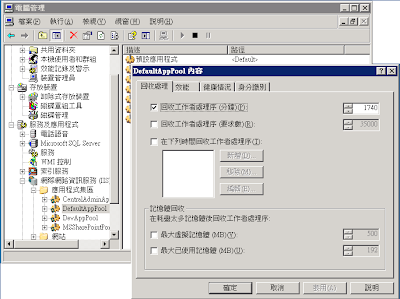在Scrum裡面有用到一個 pig & chicken 的隱喻 來說明 project 內的參與者
pig - 指的是犧牲、奉獻並對project最終成敗負責的相關角色
chicken - 指的是project的參與者,不必負最終成敗的相關角色
還有 rooster / gamecock 的角色(鬥雞),這些人 光放屁 提出的意見對project的產出有負效果
--
以下是這個metaphor 的緣由
A number of roles are defined in Scrum. All roles fall into two distinct groups—pigs and chickens—based on the nature of their involvement in the development process. These groups get their names from a joke about a pig and a chicken opening a restaurant:[5]
A pig and a chicken are walking down a road. The chicken looks at the pig and says, “Hey, why don’t we open a restaurant?” The pig looks back at the chicken and says, “Good idea, what do you want to call it?” The chicken thinks about it and says, “Why don’t we call it ‘Ham and Eggs’?” “I don’t think so,” says the pig, “I’d be committed, but you’d only be involved.”
So the “pigs” are committed to building software regularly and frequently, while everyone else is a “chicken”—interested in the project but really indifferent because if it fails they’re not the pigs—that is, they weren’t the ones that committed to doing it. The needs, desires, ideas and influences of the chicken roles are taken into account, but are not in any way allowed to affect, distort or get in the way of the actual Scrum project.
ref: wiki Scrum
閱讀全文...







